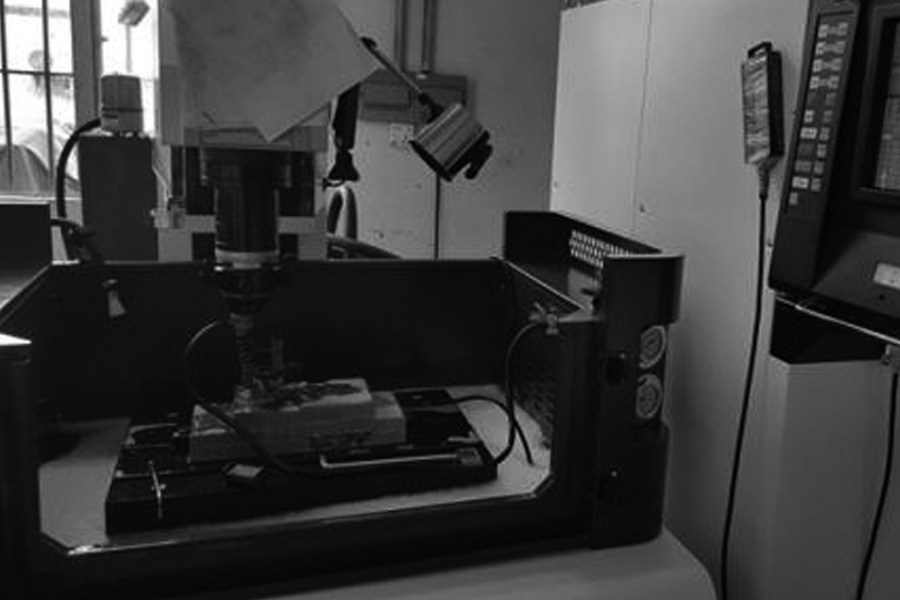In order to describe the movement of the CNC lathe, simplify the method of programming and ensure the interchangeability of the recorded data during the programming of the CNC lathe, the coordinate system and the movement direction of the CNC lathe have been standardized. Both ISO and China have drafted the naming standards. Through this part of the study, you can master the concepts of CNC lathe coordinate system, programming coordinate system, and machining coordinate system, and have the ability to actually set the CNC lathe machining coordinate system.
Understand the basic concepts of the CNC lathe before understanding the coordinate system:
- 1. Machine origin: the origin of the machine coordinate system or the machine zero. The origin of the machine is a fixed point on the machine. The origin of the lathe machine tool is generally defined at the intersection or reference point of the centerline of rotation of the spindle and the end face of the lathe.
- 2. Machine tool reference point: the first operation after the machine is turned on, called the reference point return, used to determine the machine tool coordinate system. The reference point is a fixed point on the machine. Its fixed position is determined by the mechanical stop in the X and Z directions and the zero position of the motor. The mechanical stop is generally set at the maximum position in the positive direction of the Z axis. When the operation of returning to the reference point is performed, the travel switch installed on the vertical and horizontal carriages, when they hit the stop, sends a signal to the numerical control system, and the system controls the carriage to stop the movement and complete the operation of referencing.
The reference point of the machine tool can coincide with the machine zero point, or it can not overlap. The distance between the machine tool reference point and the machine zero point can be specified by parameters. - 3. Program origin: used by programmers during programming, select a known point on the workpiece.
The origin of the program is the origin of the workpiece coordinate system, that is, the starting point of the machining of the program, which is a point set manually. The basis for setting should be in accordance with the marking habit of drawing size and easy to program. Therefore, when programming, generally find the design reference point on the drawing, and usually use this point as the working origin. The origin of the workpiece of the CNC lathe is generally selected at the intersection of the axis and the right end, left end or front end of the jaw of the workpiece. Generally, the intersection of the right end of the work and the axis is used as the origin of work. - 4. Workpiece coordinate system: a new coordinate system determined by the programmer when the program origin is selected.
If the workpiece origin is used as the coordinate origin to establish a rectangular coordinate system with z-axis and x-axis, this coordinate system is called a piece coordinate system. In addition, once the workpiece coordinate system is established, it remains valid until it is replaced by a new workpiece coordinate system. - 5. Machine coordinate system: the coordinate system that has been determined when the machine tool leaves the factory.
If the machine tool origin is used as the coordinate origin and a Z-axis and X-axis rectangular coordinate system is established, this coordinate system is called the machine tool coordinate system. When the machine tool completes the operation of returning to the reference point, the machine tool coordinate system is established.
